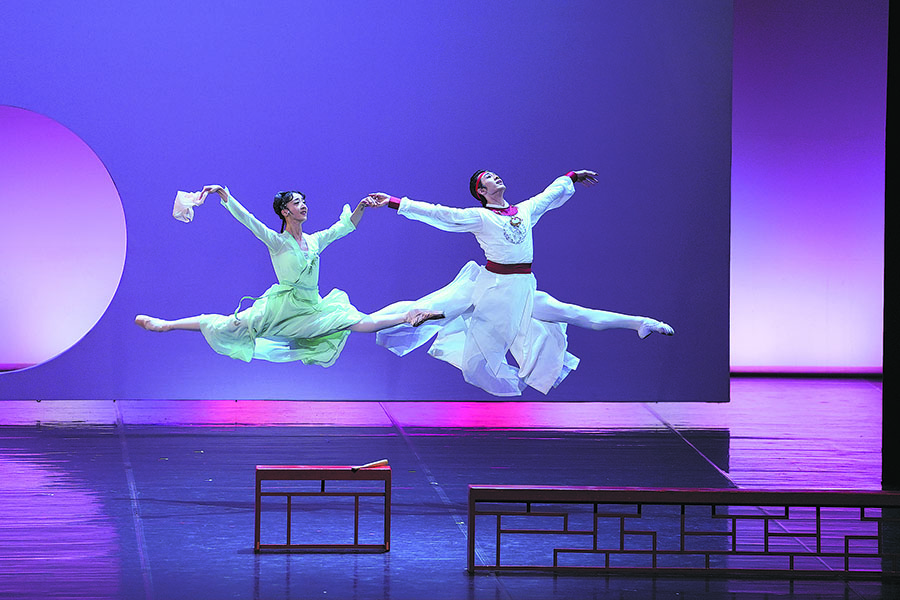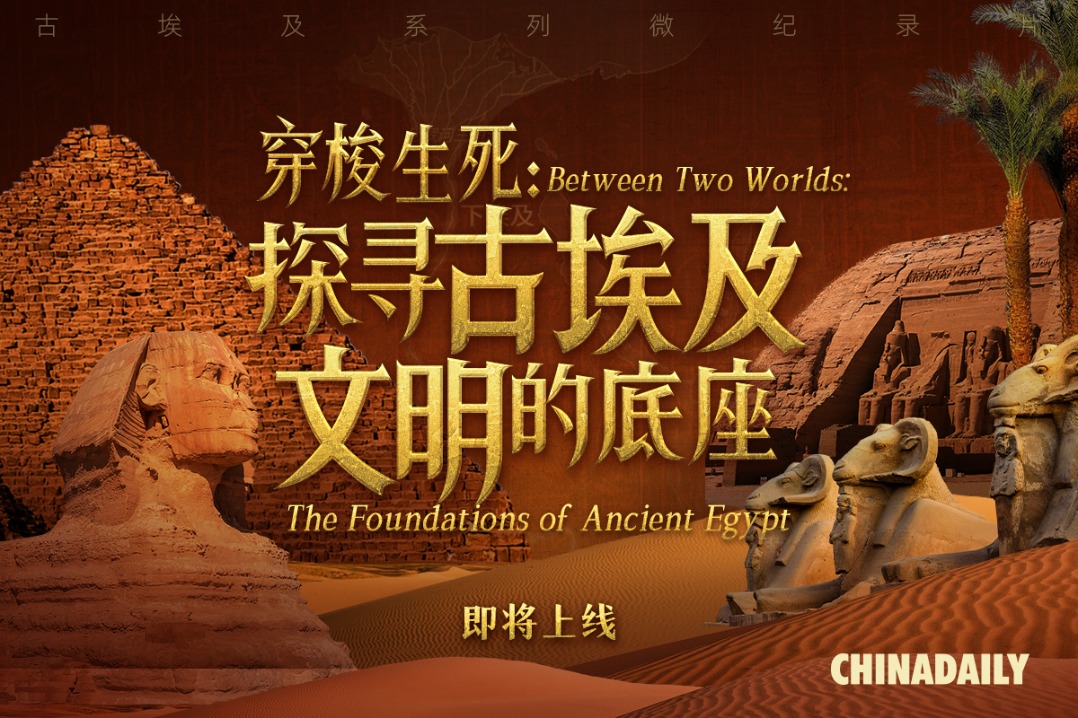Weaving magic through dance


The ballet was adapted from A Dream of Red Mansions — considered one of the four great classic novels of Chinese literature — written by Cao Xueqin during the Qing Dynasty (1644-1911). Dancing on tiptoe in the attire of Chinese classical operas, more than 80 performers translated the classic Chinese novel into a visual spectacle of dance, set design and costumes.
The story centers on Jia Baoyu, a young man from an aristocratic Chinese family, and his tangled relationships with Lin Daiyu and Xue Baochai. It is an epic tale of the tragic romance between Jia and Lin, as well as the rise and fall of the Jia family, and by extension, Chinese society in the 18th century.
"I think expressing Chinese aesthetics and charm in the form of ballet is the most challenging part of this work. The power of a classic literary masterpiece and its influence on the Chinese, as well as the world, is immense. Instead of presenting the entire storyline, we need to express its spiritual essence beyond the text and let the art of dance play its role," says choreographer Tong Ruirui.
She says adapting A Dream of Red Mansions for the stage was the ultimate ambition of many directors, and she felt honored and grateful to use this Western art form to revive a Chinese literary classic, which lent the entire production a melancholic and dreamlike atmosphere.
























